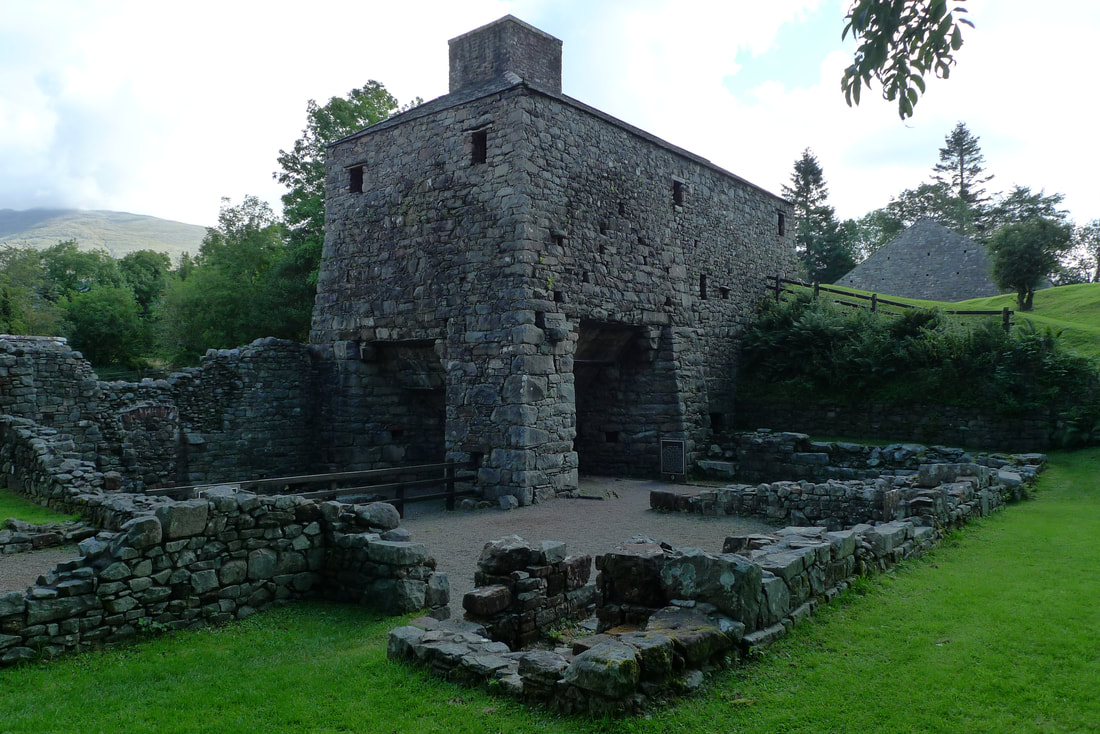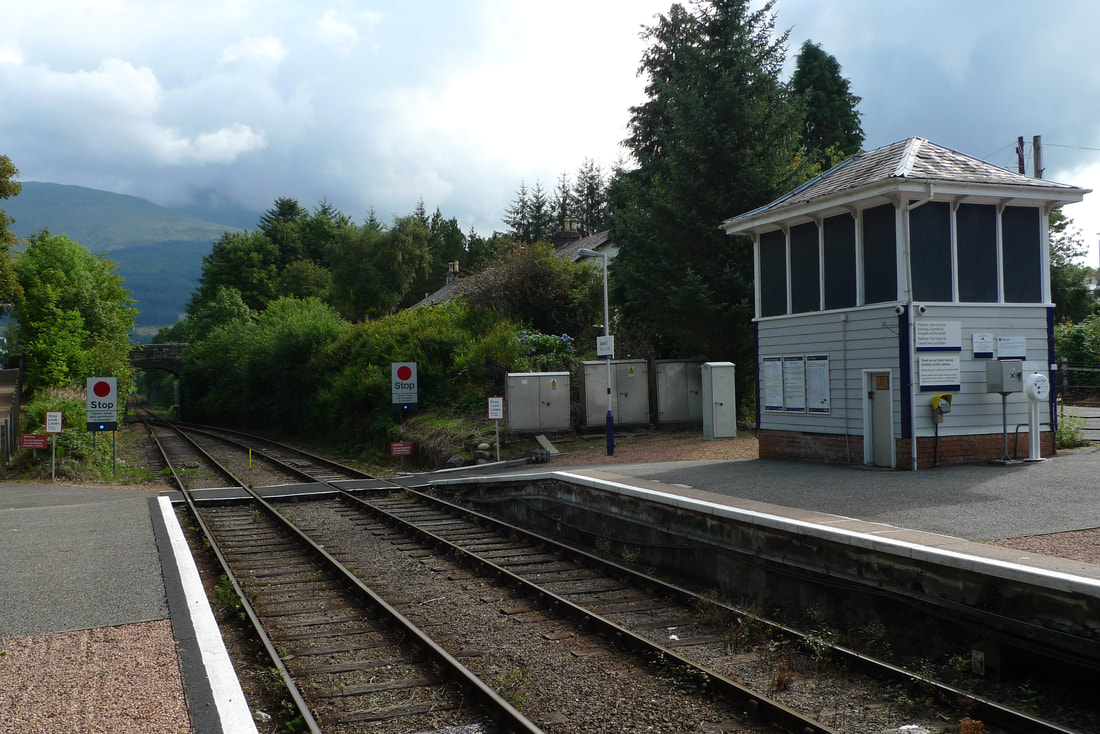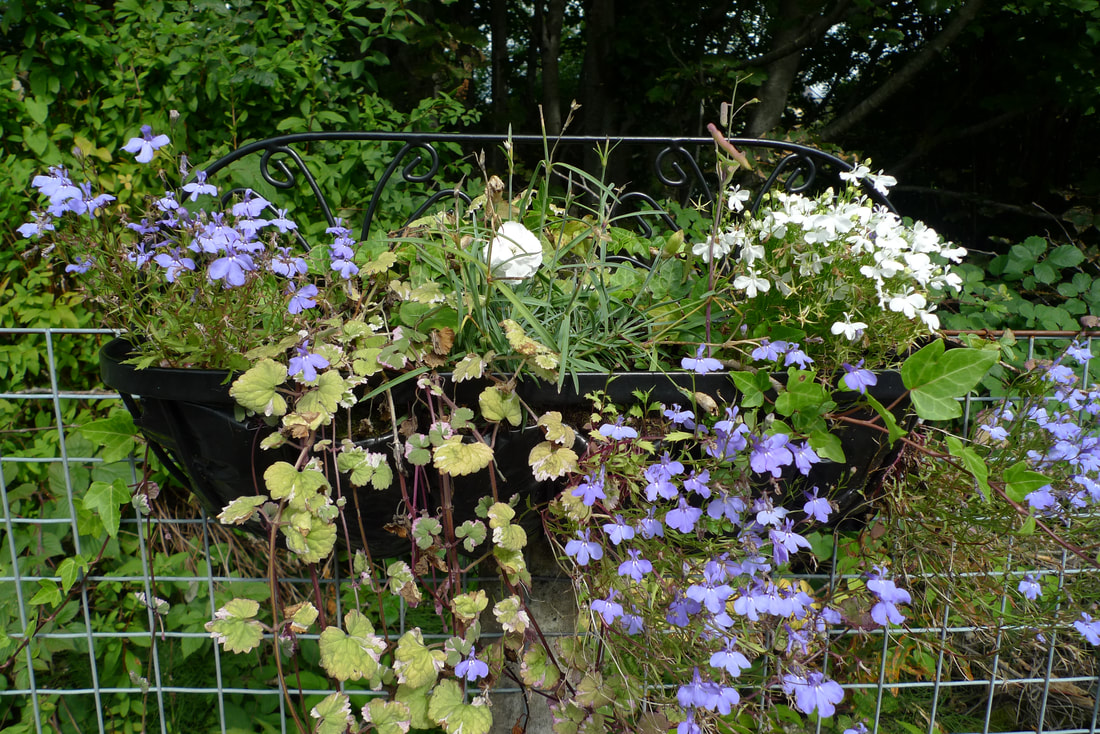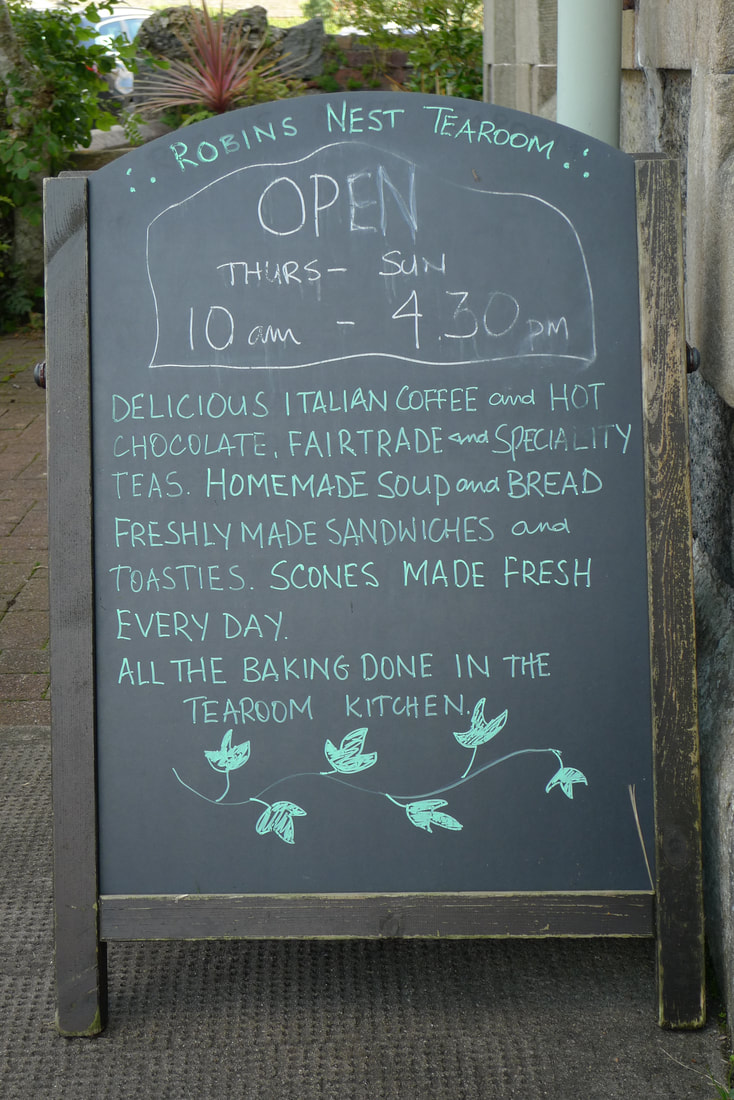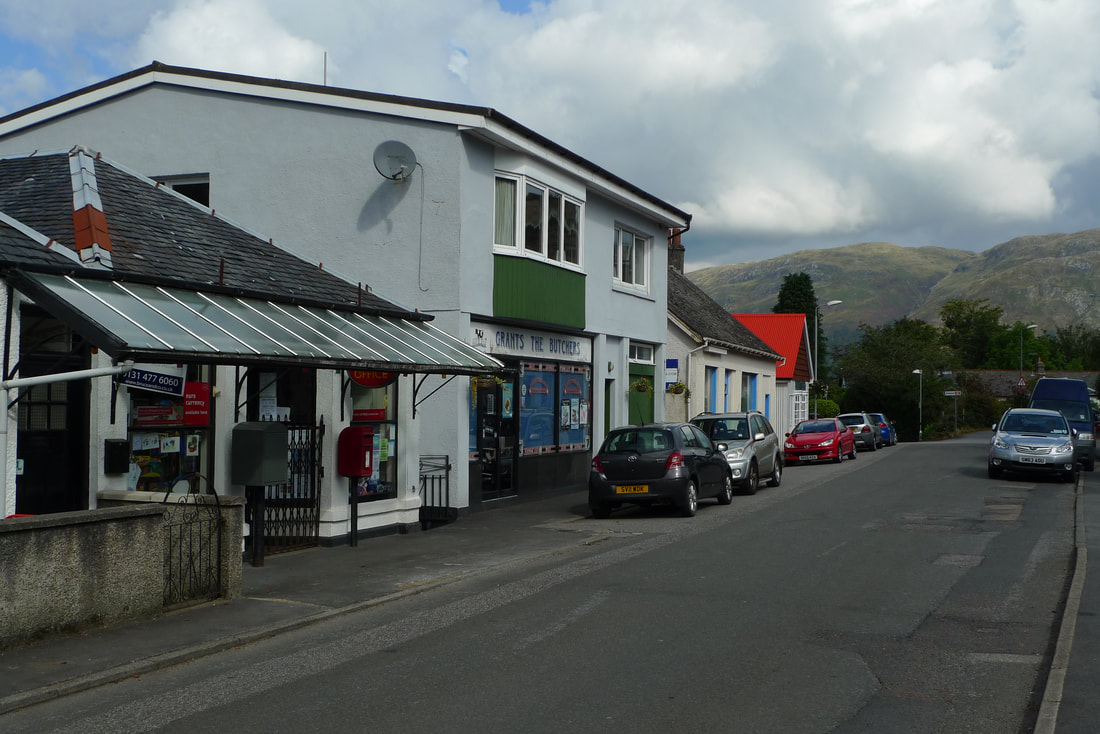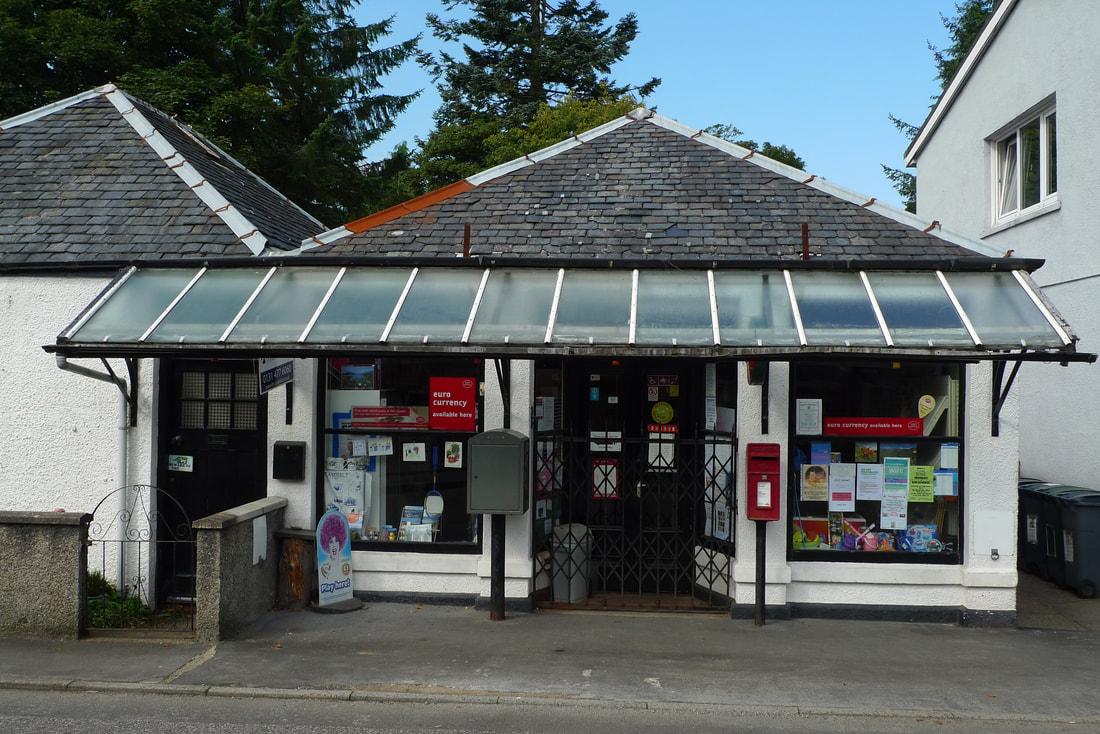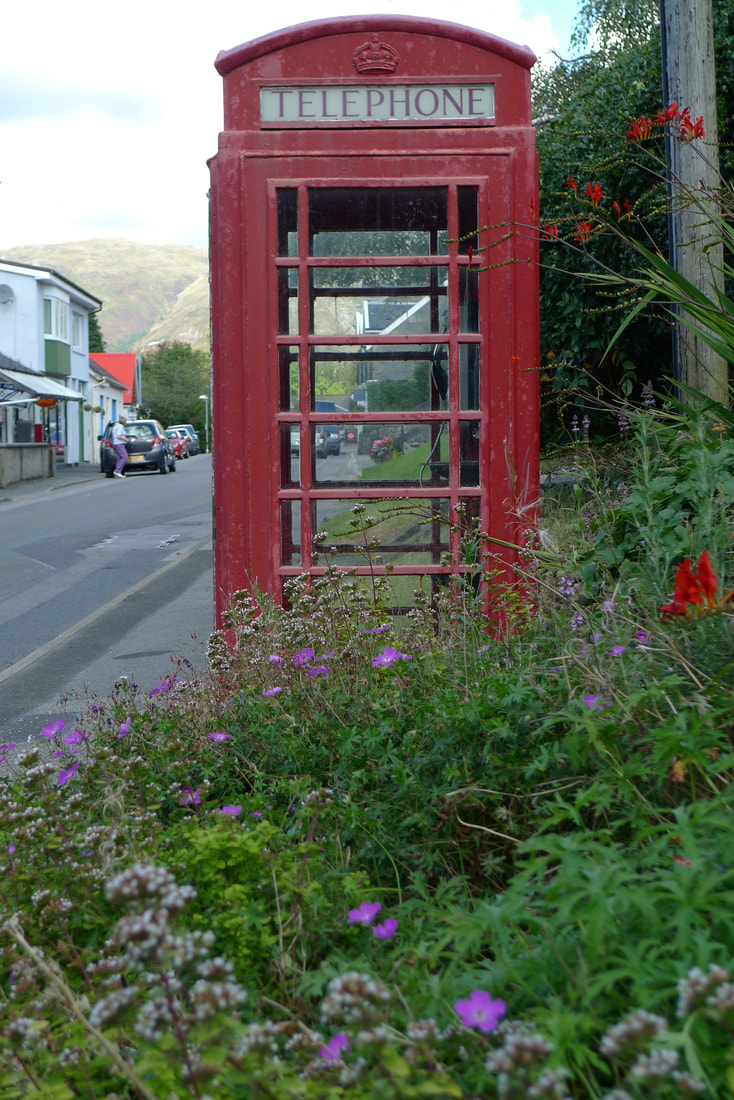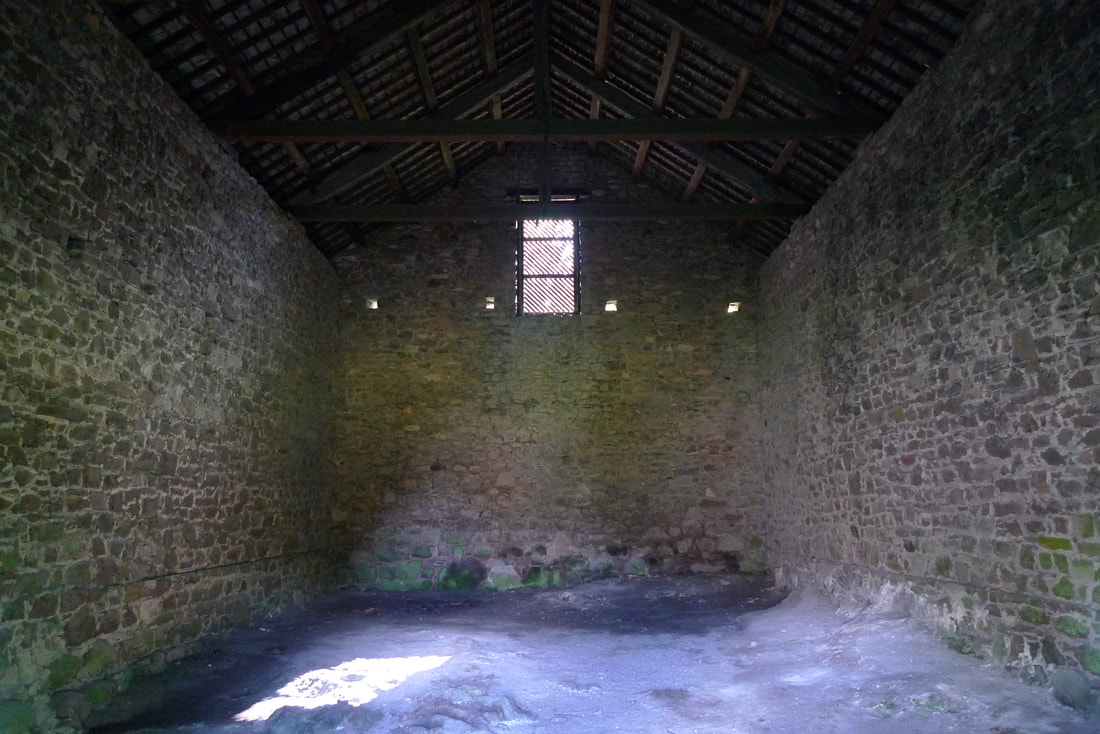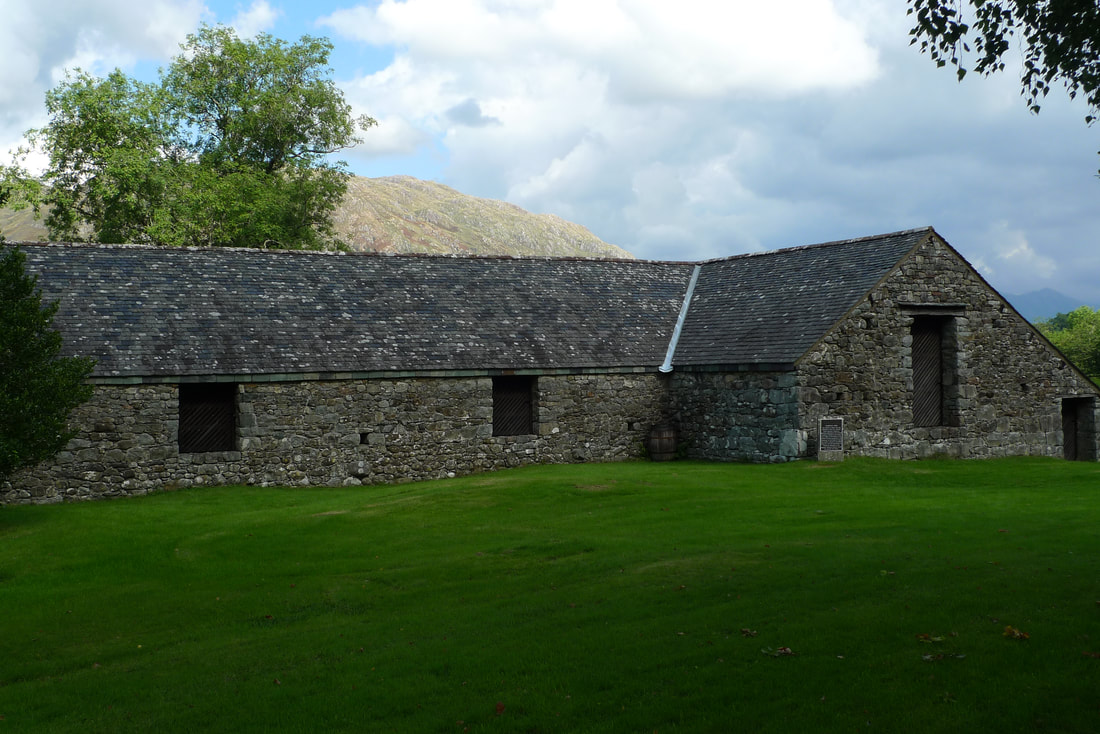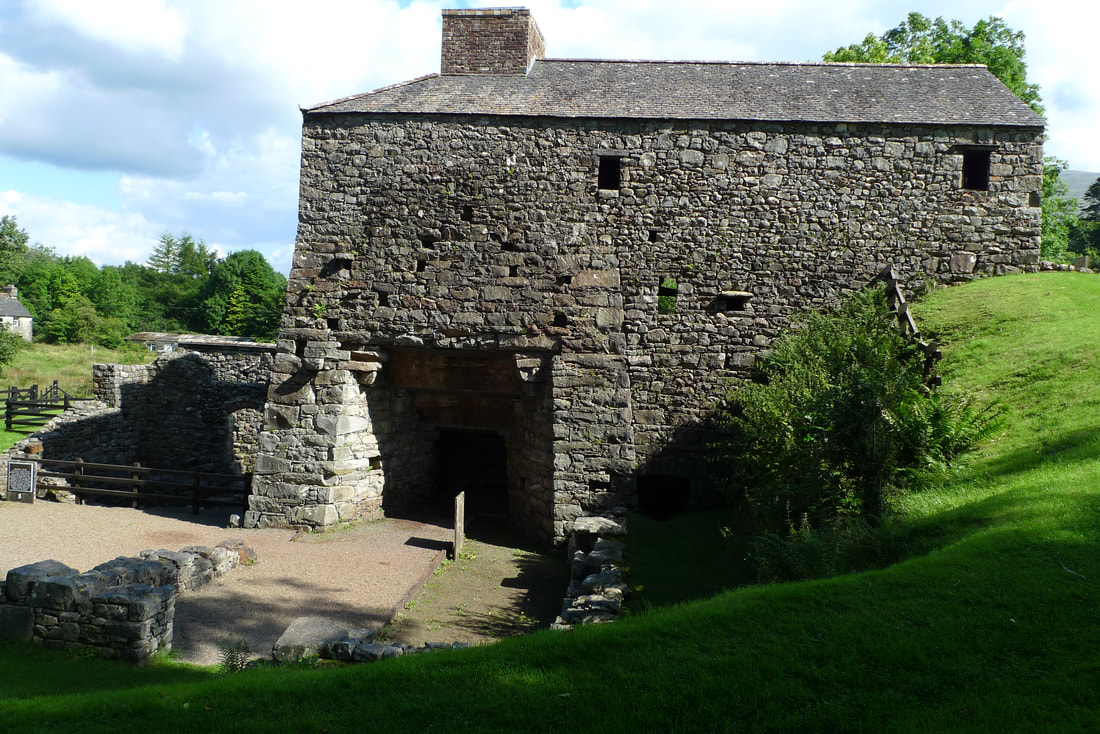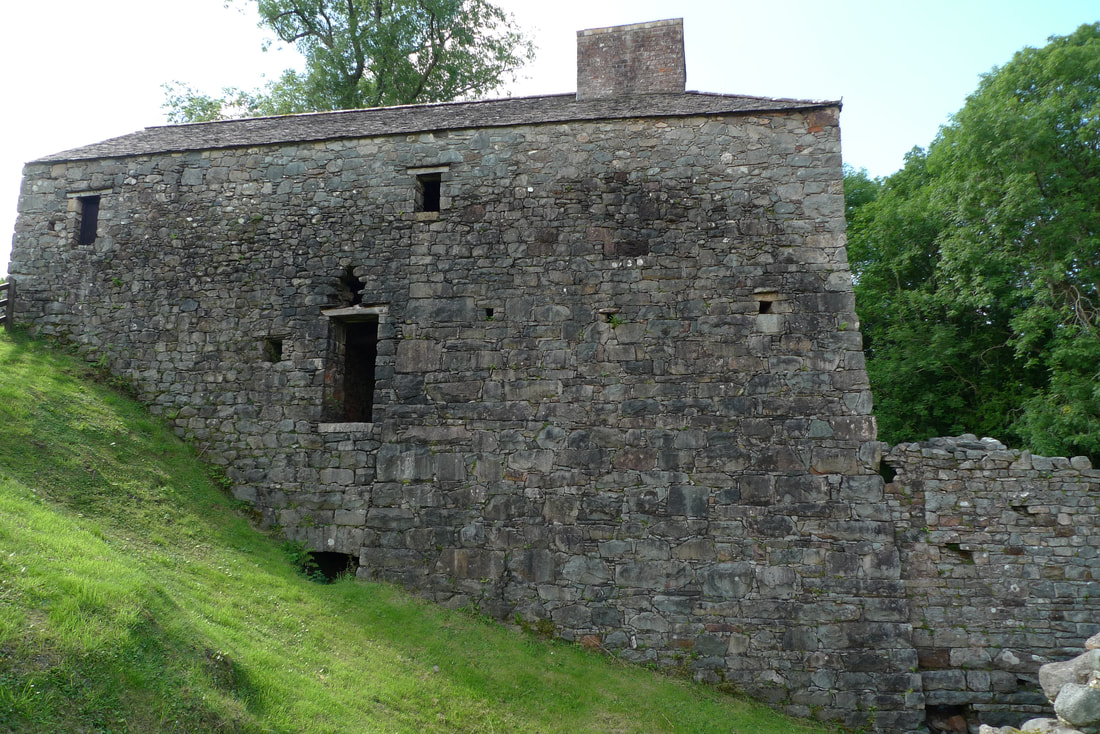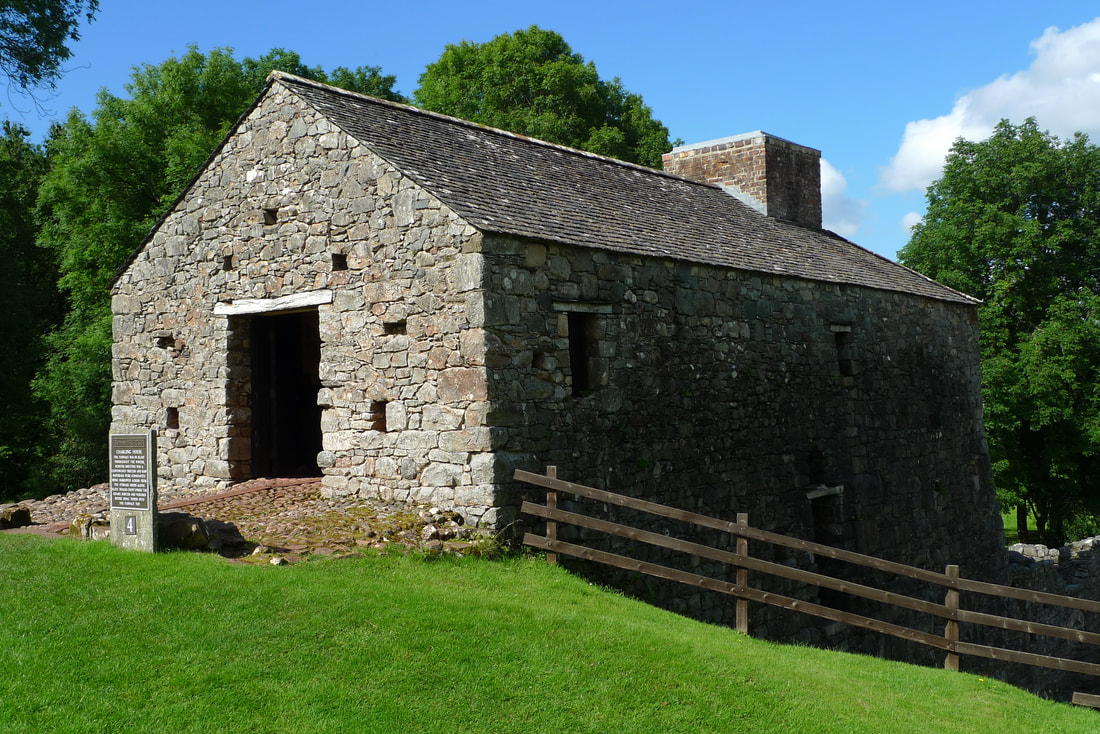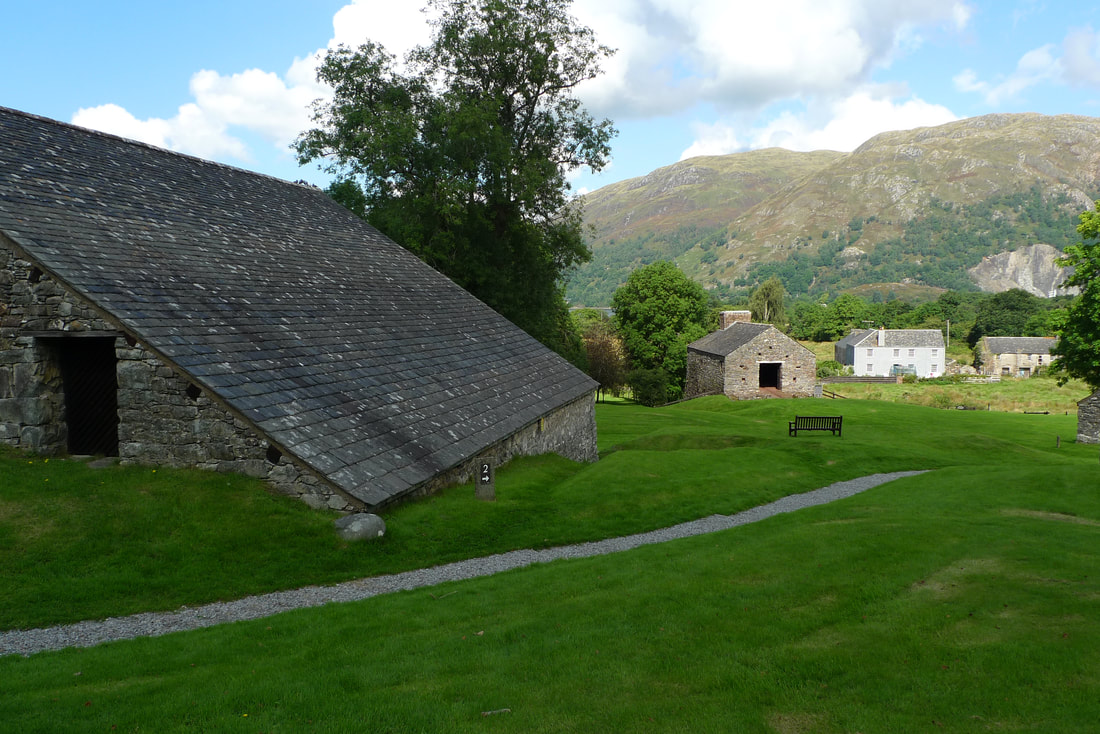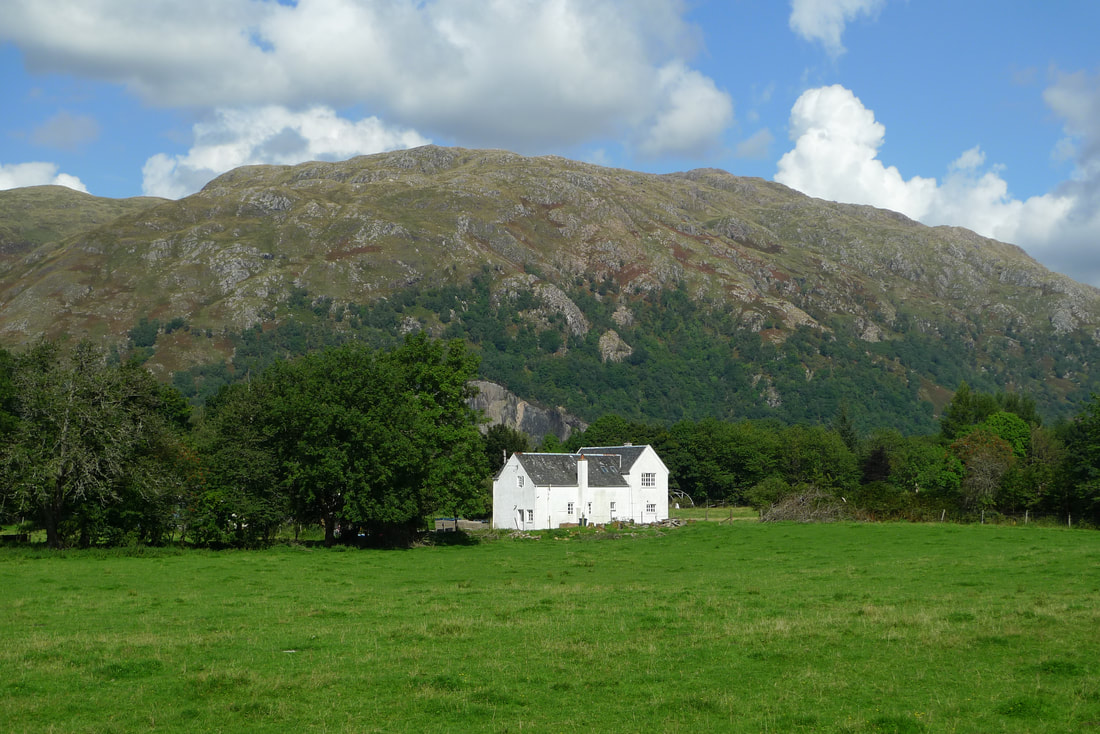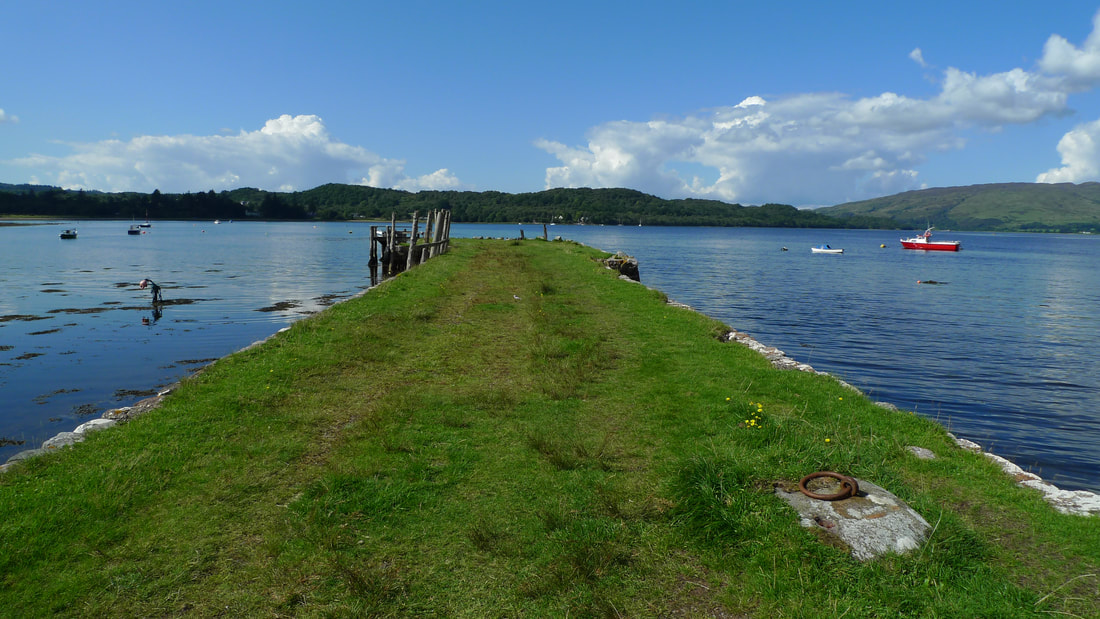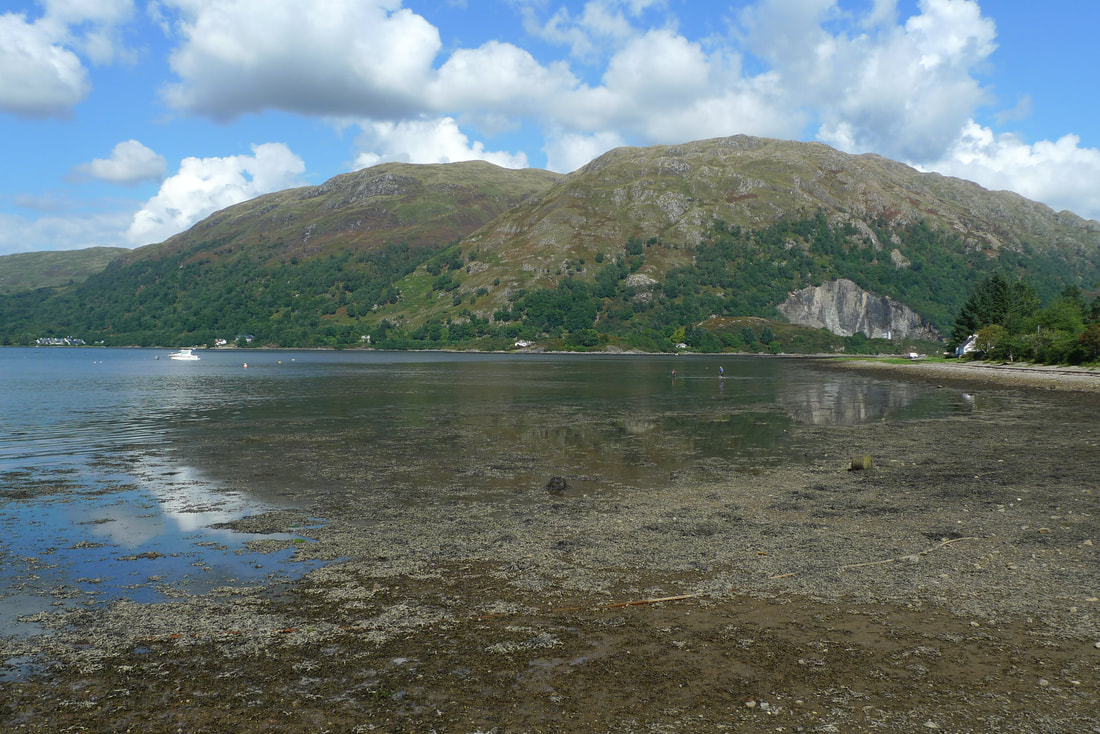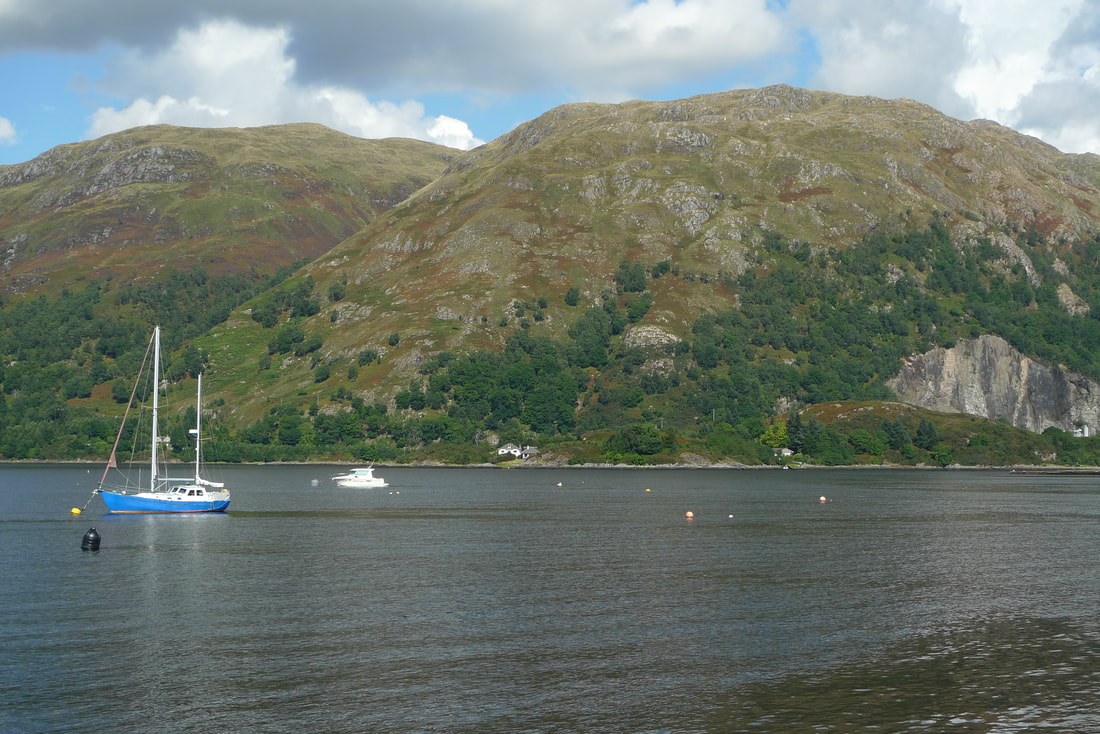|
It's hard to believe that this peaceful loch and mountain setting was once a place where cannonballs were made to fight Napolean's armies. The Bonawe Iron Furnace operated from 1753 to 1876 in scenic Argyll. You can explore the remains of the site as well as spending a bit of time in Taynuilt, including the marvelous Robin's Nest tearoom.
How to Get to Taynuilt Take a train to Taynuilt on the Glasgow to Oban line. It's two stops before Oban, about 2 hours 40 minutes from Glasgow. Taynuilt station has a backdrop of mountains and a vintage signal box on the platform. Flower boxes fixed to the fence posts are an explosion of colour.
Once my train pulled away there was silence, not even birdsong. Only when I bent down to sort something on my bike did I hear a trickle from a stream. It took me by surprise after the constant noise of the train's diesel engine for over 2 hours to be suddenly deposited into this tranquility. It took my city-exposed senses a while to adjust to this.
After a long train journey I was in need of a cafe stop and Taynuilt has the wonderful Robin's Nest tearoom. The blackboard proudly states 'all the baking done in the tearoom kitchen.'
Robin's Nest Tearoom
Inside there are not that many tables and several had reserved signs on them. I heard a local say "the church hasn't come in yet", and I wondered if, being a Sunday, this is where the congregation came for post-worship coffee. The interior is traditional with pine furniture and local artwork on display. I overhead a conversation about a giant salmon that someone had caught in a nearby river. A poster on the wall stated that there was a £1950 jackpot in the Village Hall lotto. I ordered the butternut squash soup which tasted sweet and delicious. No wonder this place is so popular when the food is this good- I was told I might have to share my table and all the customers were being given a time when they needed to vacate their table by. My coffee cake, decorated with coffee beans, was also superb. A Walk Around Taynuilt Although a small village Taynuilt has a good selection of shops, including a Post Office, butcher, grocer and hairdresser. It doesn't take long to see everything, but it is very pleasant to stroll and there is a photogenic garden next to the red phone box.
How to Get to Bonawe Iron Furnace
It is just under one mile from Taynuilt station to Bonawe Iron Furnace, about 7 minutes on a bicycle or a 20 minute walk. The route is mainly on a very quiet B-road where you are unlikely to be troubled by vehicles.
Exploring Bonawe Iron Furnace
What surprised me about the site is how extensive it is. I had imagined just one building with the remnants of a furnace inside, but there are multiple buildings that are spread over an area that requires a decent amount of walking to cover. Two of the largest buildings were used to store charcoal. They are enormous inside, giving a good impression of the massive quantity of charcoal that was required to make iron.
The supply of charcoal is the reason why there is an iron furnace in this remote location. The operation had been set up by an English company based in Cumbria. The wood supplies had been exhausted in that region and the company knew that the forests of Argyll would provide what they needed. It made business sense to transport the raw ore by boat to Argyll where there was plenty of oak and birch trees to make it into iron.
Another resource that was required in large quantity at Bonawe was water. A waterwheel powered the bellows that were used in the smelting process. The water came from the River Awe.
The site is so tranquil and tidy, with neat grass lawns, and this makes it difficult to imagine what it was like when over 600 people once worked here. A small number of the workers were from Cumbria, but most were recruited locally and were Gaelic speakers. Most of the staff were employed seasonally, in the summer, to cut down trees and fire the wood to make charcoal.
The wages were poor and some of it paid in oatmeal, ale or whisky. The furnacemen worked 12-hour shifts, so it was no surprise that excessive drinking took place.
It was technological advances that made Bonawe redundant. Iron could be made cheaper elsewhere and the place shut down. in 1876. What you see today is a collection of stone, industrial buildings set within gorgeous scenery. It has been tamed by the beauty of the landscape, the noise and grim working conditions no more.
After my visit to Bonawe I made the short cycle to the old pier where the the iron ore was landed after its journey from Cumbria. The pier is overgrown with a thick layer of grass. I walked its length and could smell salt in the air. Loch Etive was calm with some kayakers enjoying a paddle. The surrounding hills were lush with trees. The sun was out and the whole place was ideal for sitting and relaxing.
Bonawe Iron Furnace is looked after by Historic Environment Scotland. Visit their website to find out the current entry fee and the opening hours.
Taynuilt and Bonawe are located in Argyll. For more ideas of places to visit in Argyll head to my Argyll and Bute page.
0 Comments
|
Categories
All
Archives
July 2024
|

